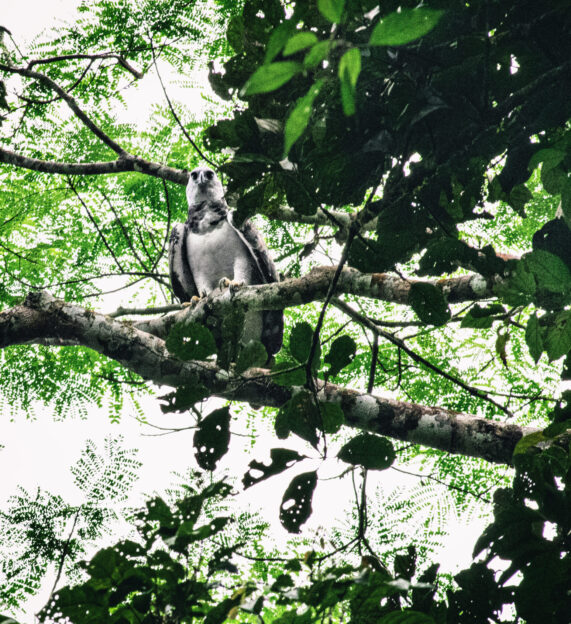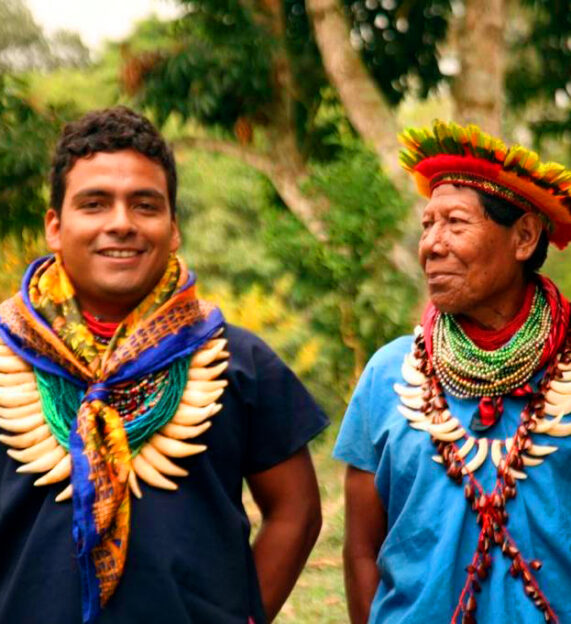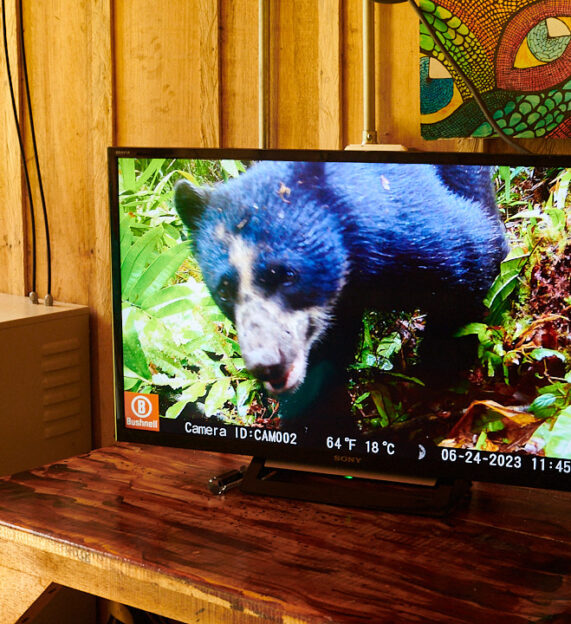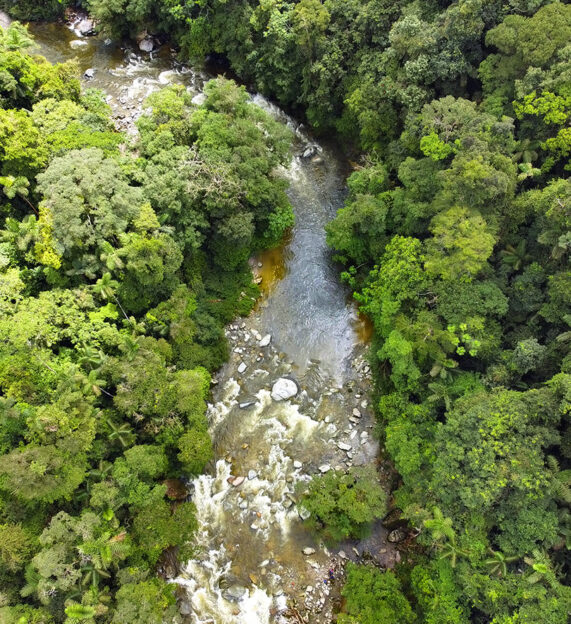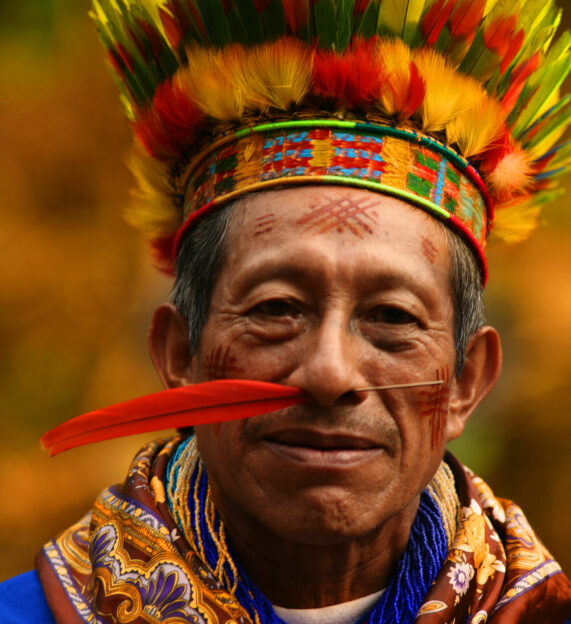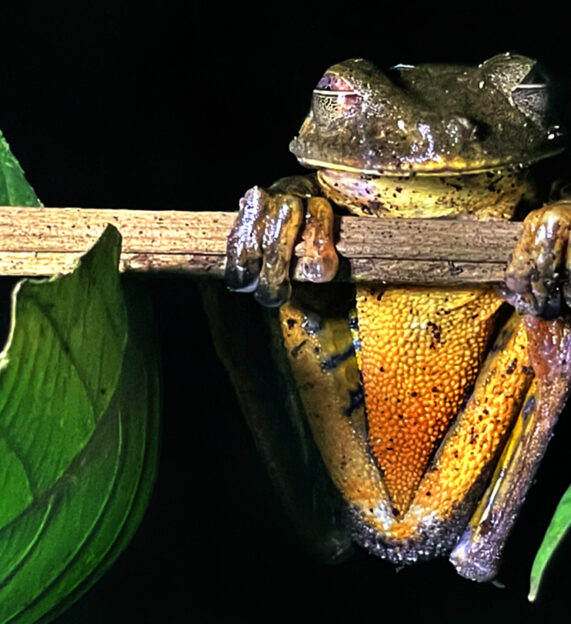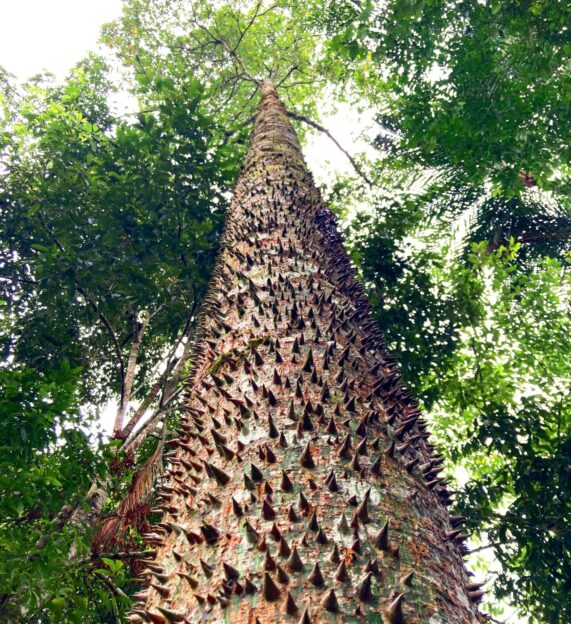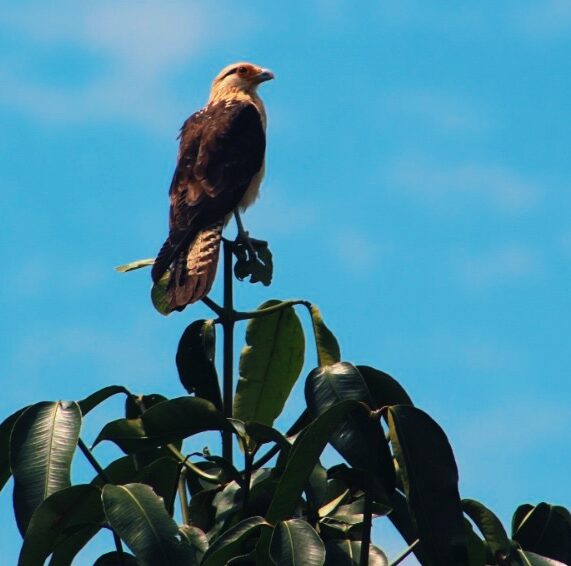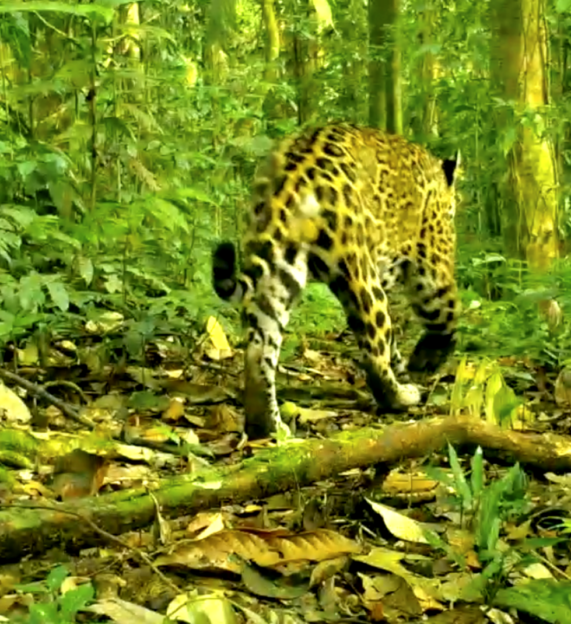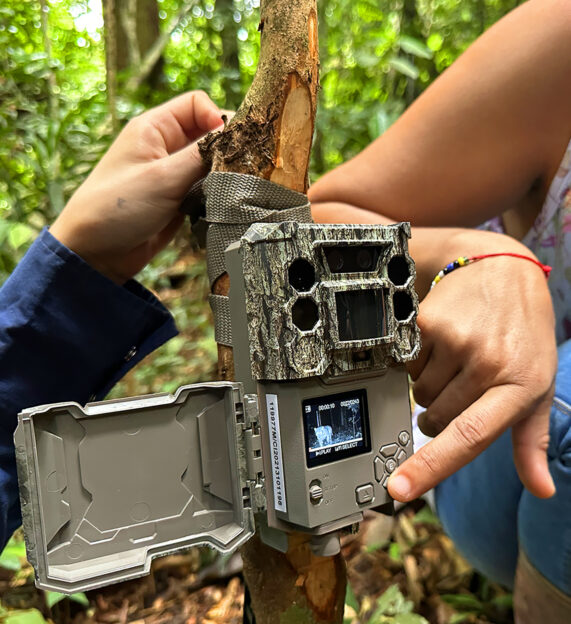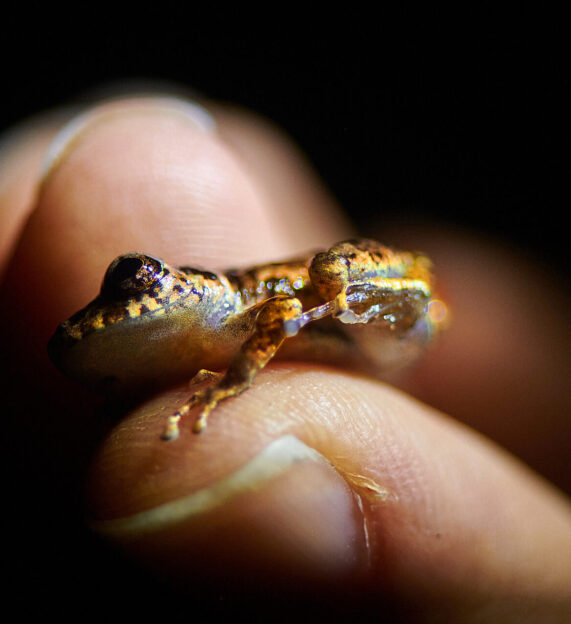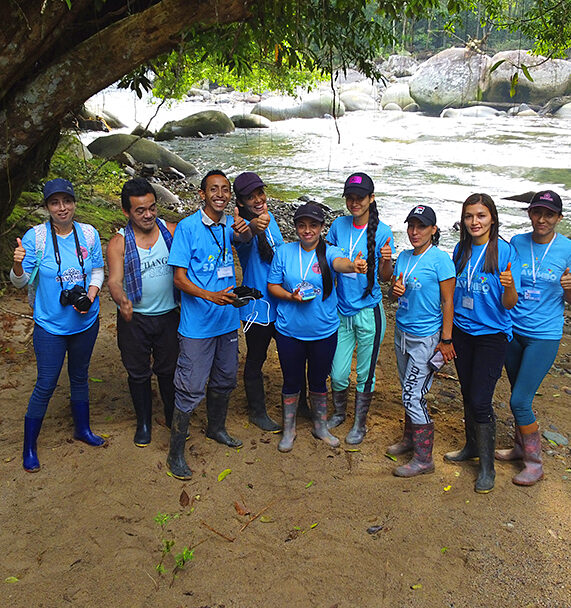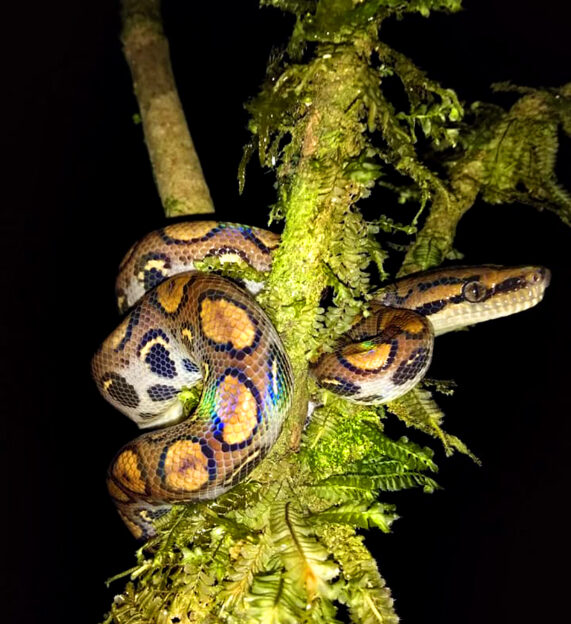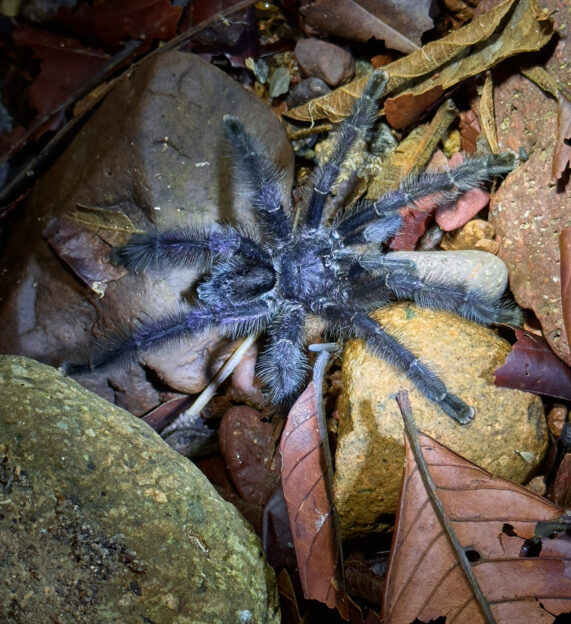About the threat
Deforestation
The Putumayo Amazon has faced a 16% annual deforestation rate in parts, due to legal and illegal activities, including petroleum extraction, mining, logging, and narcotics trafficking. Traditional Indigenous leaders in the region have requested that help be given to the dispossessed Embera Chami Indigenous group to buy land and create a reserve on the border of the Tropical Andean biodiversity hotspot.
The land will be protected under a rights-of-nature legal structure, such that the land is a legal subject with rights to be protected and the Embera Chami are its legal guardians. The Embera Chami have been violently dispossessed from their traditional territories and are currently living in barracks-style housing, with some employed as Jaguar trackers and conservationists in the region. This legal contract will protect the land from extractive activities and allow its guardians to follow their traditional hunter-gatherer lifestyle, while warding off illegal incursions.
If this land is not purchased, it will be auctioned for petroleum, mining, or logging contracts.
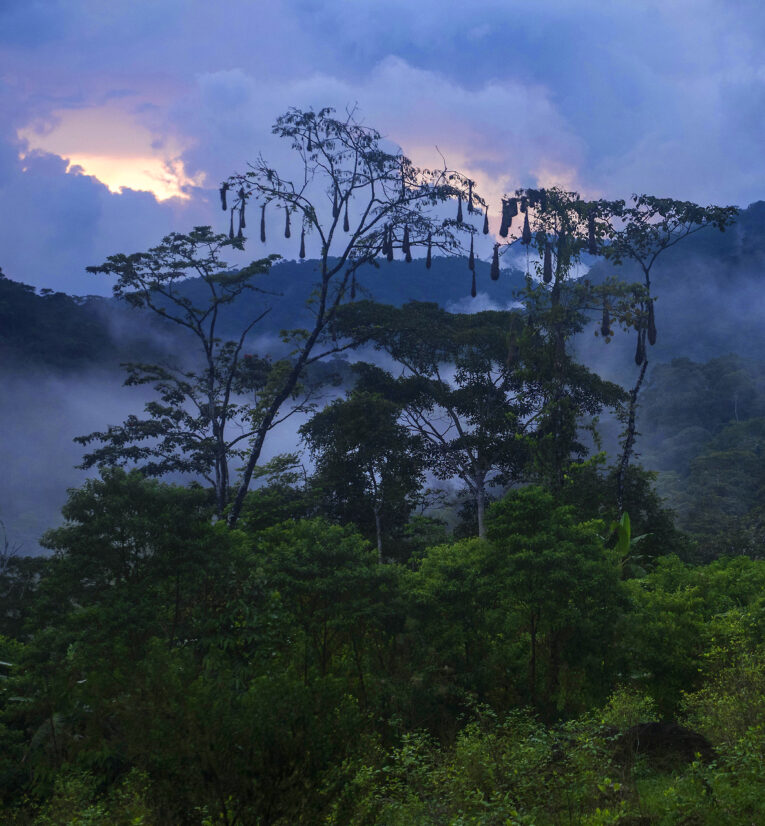
About this land
Why Vote for This Habitat
Conserving this habitat will not just protect threatened species, but will be a model for how species can be ethically protected across the Amazon through the guardianship of Indigenous peoples.
The land for purchase is a deep jungle plot of pristine primary forest at the border of the Tropical Andean biodiversity hotspot. It is part of the Tropical Andean Jaguar (Panthera onca) corridor and among the last rangelands of the Vulnerable Andean Bear (Tremarctos ornatus). It is home to an estimated 8,803 endemic species and has at least 20 species that are designated as Endangered or Vulnerable, including:
- Endangered Mountain Tapir (Tapirus pinchaque)
- Endangered Giant Otter (Pteronura brasiliensis)
- Endangered Wattled Curassow (Crax globulosa)
- Endangered Siren Glassfrog (Nymphargus siren)
- Vulnerable Andean Bear (Tremarctos ornatus)
- Vulnerable Harpy Eagle (Harpia harpyja)
- Vulnerable Yellow-spotted River Turtle (Podocnemis unifilis)
The land will be purchased under an emerging financial model in Colombia where the land is a legal subject with rights (rights of nature) and the Embera Chami, a dispossessed local Indigenous group, are its legal guardians. This model will ensure the land’s permanent conservation, while restoring natural resource access to a displaced Indigenous group of hunter-gatherers, who have a proven record of successful guardianship for thousands of years.
![]() Backed by: Scientific Advisory Committee
Backed by: Scientific Advisory Committee
Cost of Land Purchase
Total Amount requested
$100,000 US
Minimum purchase
$20,000 US
Size of suggested purchased land of this application
80 ha
Minimum size that can be purchased
20 ha
Land purchase (for 80 ha)
$95,000
Legal fees for a rights-of-nature contract under Colombian law
$5,000
Other fees (e.g., scouting the land, transportation) will be covered by Savimbo, the sister company of Empulsive Ink
$0
Total
$100,000
Local Partner NGO
Status of registration at the national level
US 501(c)(3) nonprofit (EIN 88-1869344)
Governance and management structure
Empulsive Ink is a very small charitable organization, run by Director Drea Burbank and cofounded by Chris Hope and Michael Nichols. Empulsive Ink is fully subsidized by its for-profit sister company, Savimbo Inc., but is independent of it, with separate accounting and accountability. Savimbo donates the time of its administrative and accounting staff.
This application is on behalf of the Embera Chami, a displaced indigenous group that has been jaguar-tracking for Savimbo. Charitable projects like this one are initiated and prioritized by the local community in regions where Savimbo works and is based on need. The projects are unrelated to Savimbo’s core operations and benefit the general public in the regions in which Savimbo works, not just Savimbo affiliates.
Show on Google Maps
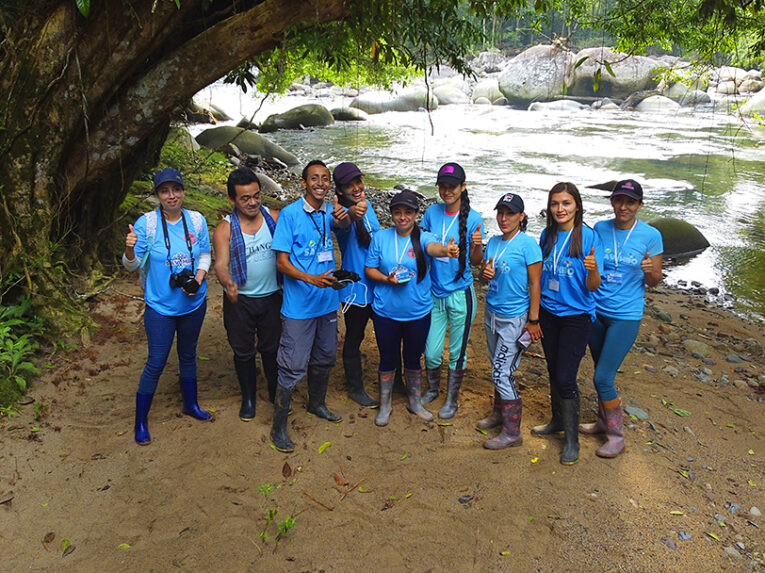
Conservation Plans
The legal purchase of this land through a rights-of-nature contract will be permanent. The land will be protected and administered autonomously by the currently displaced Indigenous group, the Embera Chami, who can only stay on the land if they honor the contract. Should there be a problem, the land will revert to the taitas, or traditional medicine doctors, as caretakers.
The land will be deep enough to be self-sustaining from carbon- and biodiversity-credit revenue, and will have a small house and subsistence farm for the 50 tribal members. The farm will be on previously cleared land; they will not be deforesting the land to create the site.
